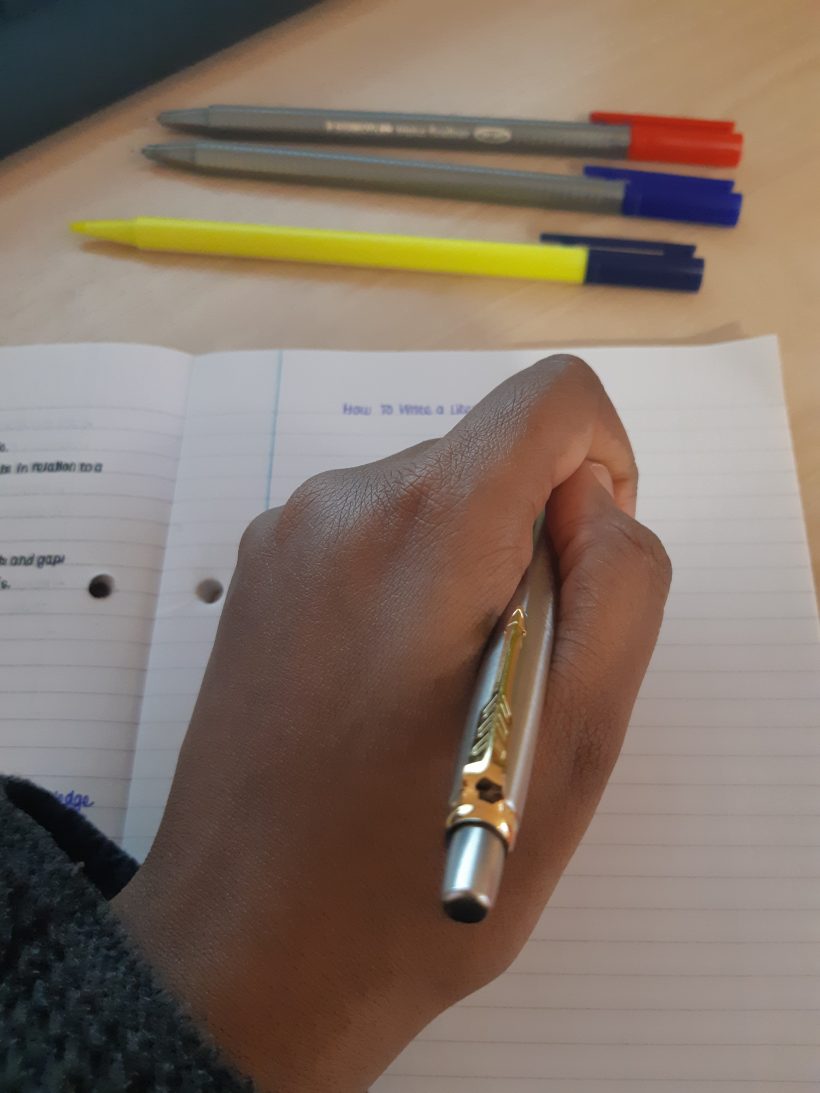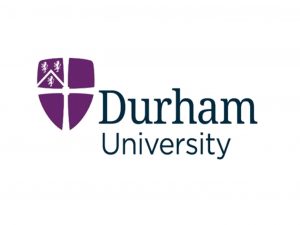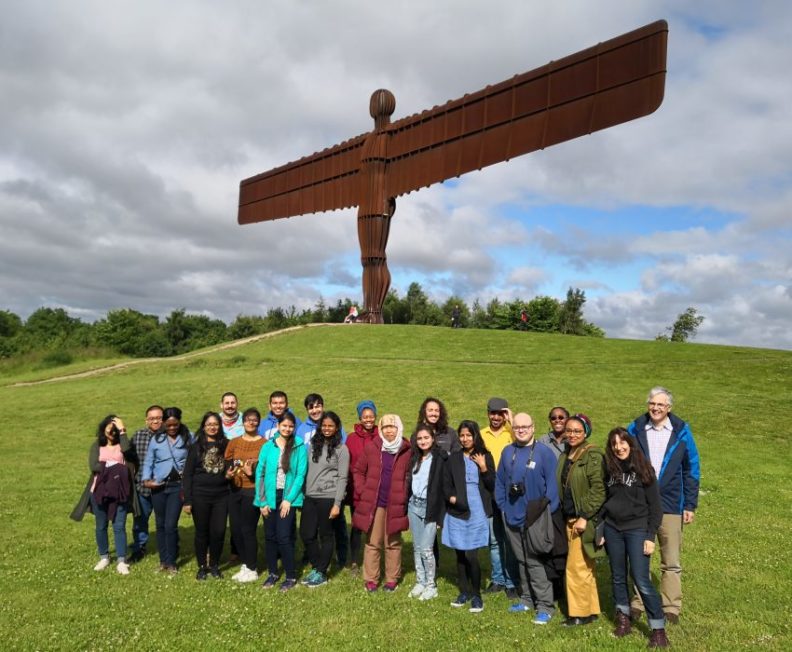How to Write a Literature Review

What is it? (Can You Eat It?)
A literature review is an overview of key findings, concepts and developments in relation to a research topic. It will also likely be a chapter in your thesis!
A good literature review should critically evaluate the literature sources it cites. This means concisely highlighting the patterns, themes, conflicts and gaps in your sources in order to eventually compare current knowledge against your research hypothesis.
Step 1: Get Your Sources
Have you taken the library search function training? If not, check it out at:
https://www.dur.ac.uk/training.course/graduate/?mode=details&schedule=31843
Read the abstract to see if the source is relevant. (Tip: if you don’t have access to the full text, see articles that cite your preferred source and get your info from there. This is a feature on Google Scholar)
Evaluate each source using the following questions:
– What is the research problem? Where is the research conducted?
– What are the key concepts, themes, theories, models and methods?
– What are the results/conclusions?
– Does this source confirm, add to or challenge established knowledge in that field?
– What are your key insights from this source?
Step 2: Plan your review structure
There are several different ways to look at this.
| Chronological | What are the trends/patterns and why did they become popular? |
| Thematic | What are the recurring themes in your literature? Where do they conflict/change? |
| Methodological | Compare results and conclusions from different approaches. |
| Theoretical | What is the relevance of your preferred theory to your research? How does it tie into your hypothesis? |
Step 3: Actual Literature Review Structure
In your introduction, define your topic and context for the literature review. Outline your perspective/approach and state your scope clearly. For the latter, consider stating what you will NOT be reviewing or your particular focus i.e. Literature on the topic from the Global South.
The main body should bring out your structure from step 2. It should also show the relation between your chosen topic and the wider topic. You can do this by explaining the relation/relevance of the literature gathered to your specific focus.
Your conclusion should summarize the points that you consider significant to your own research, identify any significant gaps noted in relation to your area of focus, and evaluate the current literature. You may also want to use the identification of gaps as a method of outlining areas for future study based on your own research.
References:
McCombes, S. (2019, August 26). How to Write a Literature Review | A Step-by-Step Guide. Retrieved October 17, 2019, from https://www.scribbr.com/dissertation/literature-review/
The Royal Literary Fund. (2019). The structure of a literature review. Retrieved October 17, 2019, from https://www.rlf.org.uk/resources/the-structure-of-a-literature-review/
By Boke Omwega

